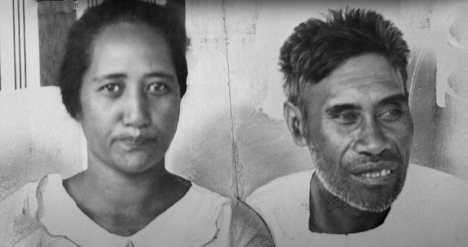The Ni’ihau Incident – A Small Battle with a Big Impact that Continued in Hawaii for 7 days after Pearl Harbor
While America pushed for isolationism after WWI, Japan pushed for their imperial expansionism under their goal of creating a Greater East Asia Co-Prosperity Sphere.
These ideals would collide when the Japanese attacked Pearl Harbor on December 7th, 1941.
LOOKING BACK
In 1925 Billy Mitchell predicted the Japanese would attack Hawaii and wrote about such an event in his publication of Winged Defense. Mitchell had long been promoting the use of the fighter plane.
The main power of defense and the power of initiative against an enemy has passed to the air.
Mitchell – November 1918.
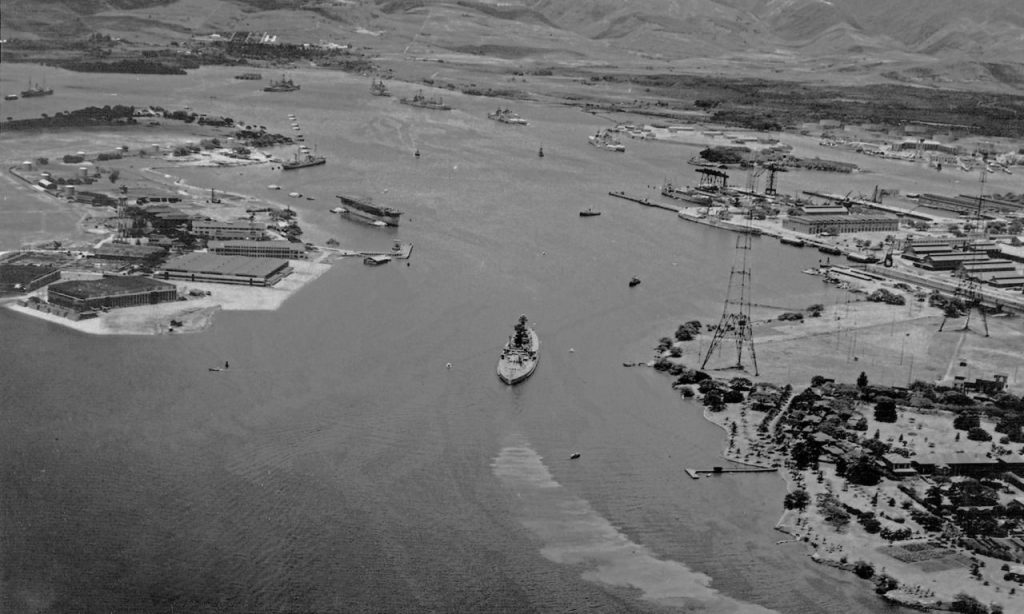
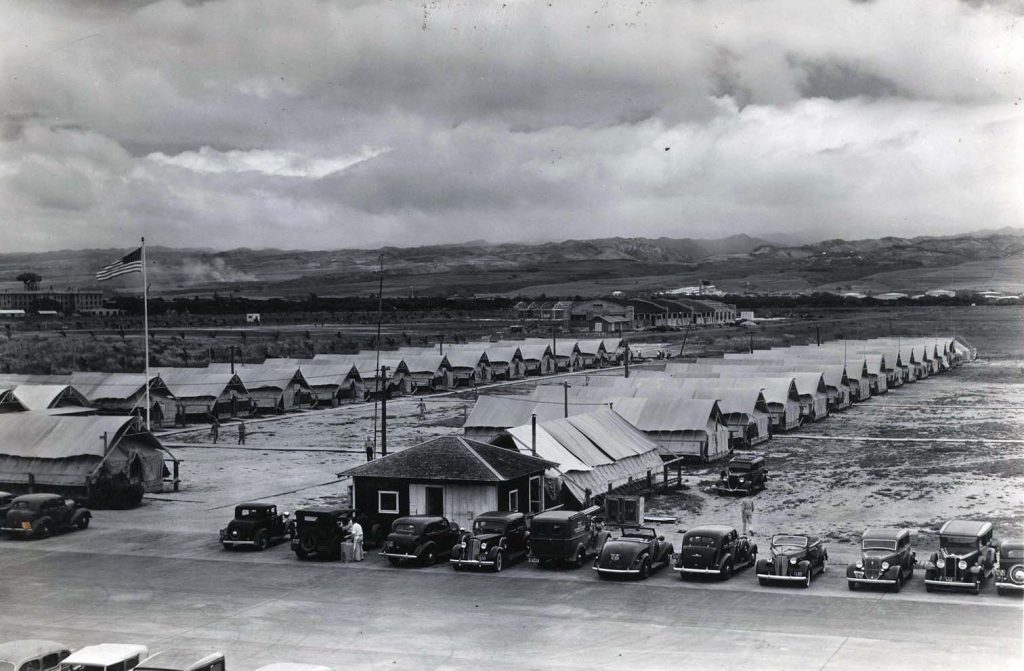
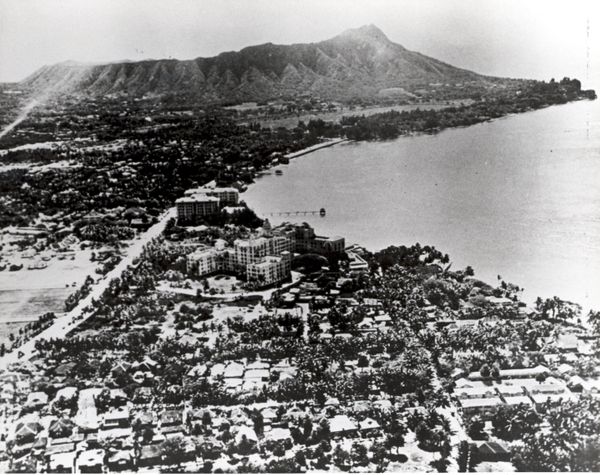
In 1935 the US Navy made plans to build up its base on the US territory of Oahu. Luckily, some of the pilots who fiercely believed in air superiority were planning ahead. While scouting the Hawaiian Islands for possible areas of attack, it was noted that Ni’ihau, the westernmost and second smallest in this chain of islands, was relatively flat and would make an excellent landing field for the enemy. It took a bit of convincing but Aylmer Robinson, whose family purchased the island in 1864, finally had his manager plow a pattern across the cattle and sheep fields or use rocks to break up the long stretches to prevent any aircraft from setting down. This foresight became the groundwork for the Ni’ihau Incident.
December 7, 1941
When the Imperial Japanese Navy Air Service pilots left behind the burning and destroyed Pearl Harbor, Kane’ohe and Ewa Naval Air Stations, Bellows and Hickman Army Air Force Bases, plus damage to cities and homes, the victorious airmen headed north of Oahu to rendezvous with their aircraft carriers the Shokaku and Hiryu. Before they could reach their carrier, nine American Curtis P-36 fighters found them and a lopsided exchange ensued.
The P-36’s were old and could not outmaneuver the Japanese Zero’s and victory once again came to the Land of the Rising Sun.
However, during this dogfight Airman 1st Class Shigenori Nishikaichi’s Zero was hit and he began to lose fuel. Following instructions given that morning in their briefing, Nishikaichi headed for the deserted island of Ni’ihau.

Upon his first low pass over the island, the pilot discovered two distressing things, the island was inhabited with several buildings and the fields had been furrowed. Having no choice, he attempted a landing only to have his wheels catch on a fence. His plane flipped over, and his harness broke sending him smashing into his cockpit.
Kaleohano, one of the 136 residents, most of whom were native Hawaiian’s, was the first on the scene. Recognizing the red ball painted on the wing as Japanese, he feared the recent news of the US oil embargo on Japan combined with the building unrest with America, that something was amiss. He collected the pilot’s gun, maps and papers and hid them before returning to aid the foreigner.
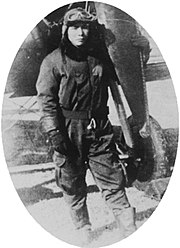
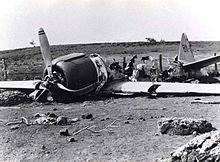
When the pilot asked Kaleohano if he was Japanese, he replied he was Hawaiian. and summoned one of the three Japanese residents, an old beekeeper named Shintani. Shintani spoke briefly with the pilot, then paled and left. Kaleohano turned to the other two Japanese on the island, Irene, whose parents were Japanese, and Yoshido Harada, a nisei (born in America) with 3 brothers in Japan. The Harada’s spoke with the pilot but did not translate correctly and did not inform the villagers of the attack on Pearl Harbor. The pilot convinced the couple to help him, for as easily as the warriors from their forefather’s homeland had destroyed Oahu, it was only a matter of time before their Emperor ruled America.
There was no electricity or phones on Ni’ihau so, unaware of the danger and following Hawaiian hospitality tradition, a luau was held for the pilot with the Harada’s in attendance. Over the next several days, their decision to hide the truth about the attack on Oahu and help the enemy would gravely impact their lives and heavily influence the situation with those Japanese living in America for years to come.
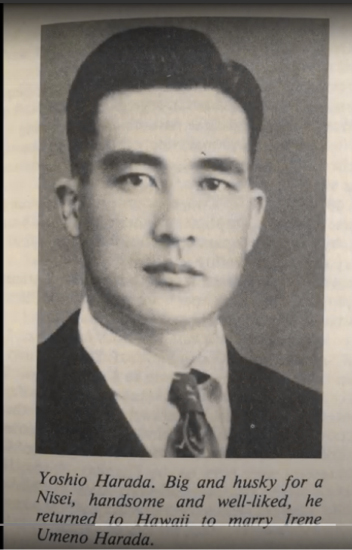
That night, over a battery-operated radio, the truth about the pilot’s mission came to light. It was decided he would be placed in a Harada’s home under guard.
Days passed and a plan emerged among the Japanese schemers. Shintani, who had been convinced to help, was sent to speak with Kaleohano offering money for the papers and threatening bad things would follow if the pilot’s property was not returned. Before Shintani could return, the Harada’s helped the pilot escape. While Irene played loud music, Harada and the pilot fought with the guard, tied him up, took him to a warehouse and stole a gun from Robinson’s unoccupied home.
Kaleohano having witnessed the Japanese escort their prisoner to the nearby warehouse began to run for the village. When the traitors saw the Hawaiian, they shot at him. Kaleohano made it to the village to warn everyone, then stowed the papers at his mother-in-law’s home. Some of the Hawaiian’s were skeptical until the guard, who had escaped, arrived relaying the same story. Quickly, the women and children fled for the caves and hills.
When Kaleohano’s wife arrived at the warehouse in her horse drawn wagon. The plotters made her drive them to the village in search of Kaleohano and the pilot’s papers.
Kaleohano and some of the men made their way to the top of the highest peak and set a bon fire but then decided this was too risky. It had been days without any contact with Robinson who lived across the 16 miles stretch of ocean on Kauai. Unbeknownst to the Ni’Ihau inhabitants, Robinson, sensing something was amiss, was forbidden to travel to check on them due to Naval restricts of any craft during these tense days after the attack, not to mention the Japanese submarines combing the waters.
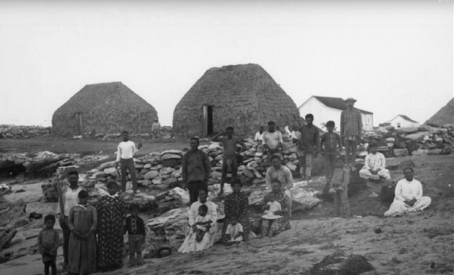
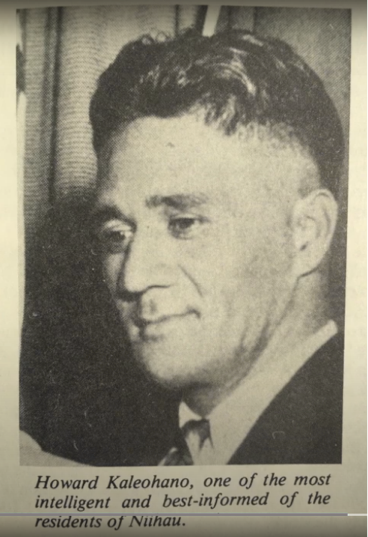
Over time, the renegades were able to recapture the guard then take another islander, Kalima, as prisoner. Guiding the wagon to the site of the plane crash they easily overpowered the 16-year-old guard. The pilot attempted to use the radio to no avail, then proceeded to have the captives help remove the machine gun from the aircraft before attempting to light the aircraft on fire. Well-armed, they went back to the village and began to shoot at the buildings demanding Kaleohano be turned over to them.
Meanwhile, Kaleohano had convinced five men to join him paddling a canoe for ten hours at night from Kii Landing, Ni’Ihau to Waimea, Kauai for help.
Frustrated by not locating the papers, Harada and the pilot returned to Kaleohano’s home on the night of December 12th to search it again. Finding nothing, they burnt the home to the ground. Harada sent captive Kalima to his house to tell Irene he would not be home. Instead, Kalima headed for the beach where he found his wife along with Benehakaka “Ben” Kanahele with his wife Kealoha “Ella” Kanahele. Ben, a native sheep herder who was over six feet tall, was known for his strength.
Together, they were able to sneak to the wagon, take the machine gun ammunition and hide it. But all were captured when returning to the village.
Keeping Ella as hostage, Ben was sent to find Kaleohano. Pretending not to know his whereabouts, Ben went about his futile search. He returned shortly, fearing for Ella’s safety. When Ben returned, he noted the two Japanese were displaying signs of exhaustion. The pilot sensing he was being deceived had Harada translate that if Kaleohano was not found soon, he would start killing all the villagers. This enraged the usually calm Ben. Speaking in Hawaiian to Harada, he demanded he get the gun from the pilot. Harada refused but asked to hold the shotgun.
When Harada had the shotgun, Ben leapt for the pilot. The trained soldier quickly pulled a pistol from his boot and shot Ben in the chest, hip, and groin. Enraged Ben lifted the pilot as he would have a sheep, hoisting him over his head the enormous Hawaiian threw the Japanese pilot against a stone wall. Ella grabbed a rock and hit the pilot on the head. Ben took out his hunting knife and slit the flyer’s throat.
Yoshida Harada, realizing his role as traitor to America, held the shotgun against his stomach and pulled the trigger.
On December 14, when Robinson, the Ni’ihau men who rowed to Kauai, along with Navy officers arrived, the Ni’ihau Incident was over, but its impact was still to be felt.
For his involvement Ishimatsu Shintani would be sent to a relocation camp on the mainland.
The widow, Irene Harada, was imprisoned on December 15, 1941, transferred to a military prison on Oahu and released in late 1944.
In August of 1945, Ben Kanahele, who recovered from his three gunshot wounds, was awarded the Medal of Merit and the Purple Heart.
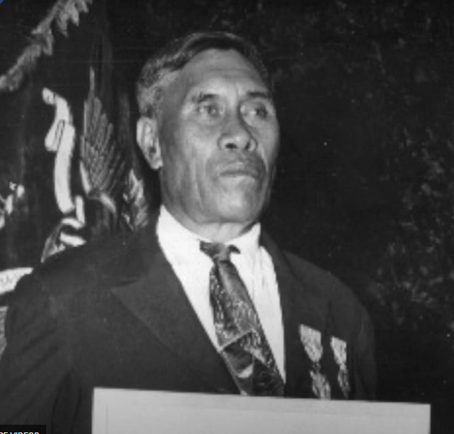
IMPACT ON THE JAPANESE LIVING IN THE US DURING WWII
In the far-reaching aftermath this “incident” was vital in assessing how to address the Japanese in America and their potential loyalty to their homeland of Japan.
Navy Lieutenant C.B. Baldwin submitted an official report on January 26, 1942.
“The fact that the two Niʻihau Japanese who had previously shown no anti-American tendencies went to the aid of the pilot when Japanese domination of the island seemed possible, indicate the likelihood that Japanese residents previously believed loyal to the United States may aid Japan if further Japanese attacks appear successful.”
In his book December 7, 1941: The Day the Japanese Attacked Pearl Harbor historian Gordon Prange wrote
“The rapidity with which the three resident Japanese went over to the pilot’s cause” which troubled the Hawaiians. “The more pessimistic among them cited the Niʻihau incident as proof that no one could trust any Japanese, even if an American citizen, not to go over to Japan if it appeared expedient.”
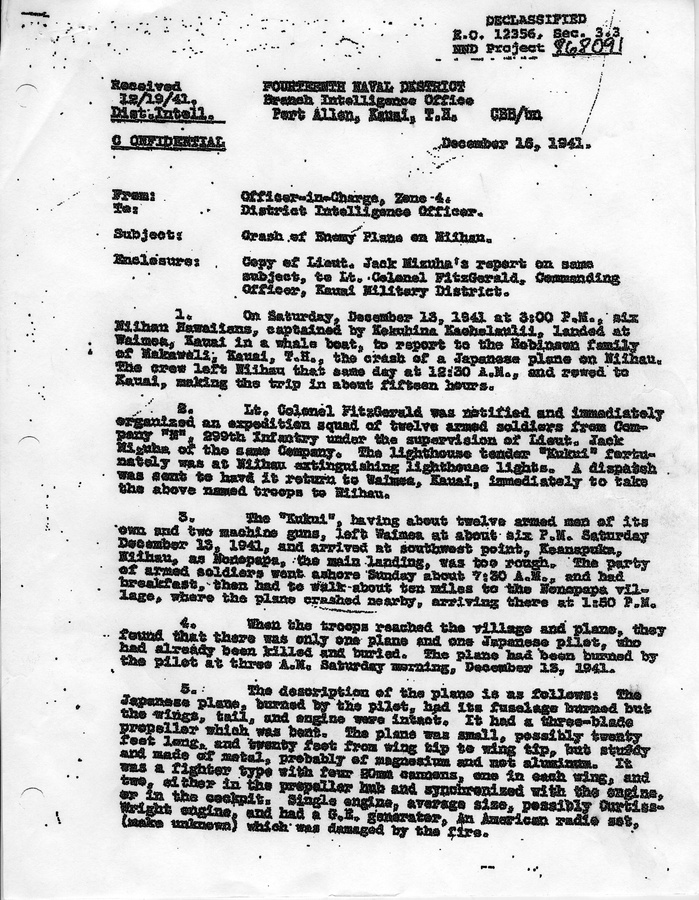

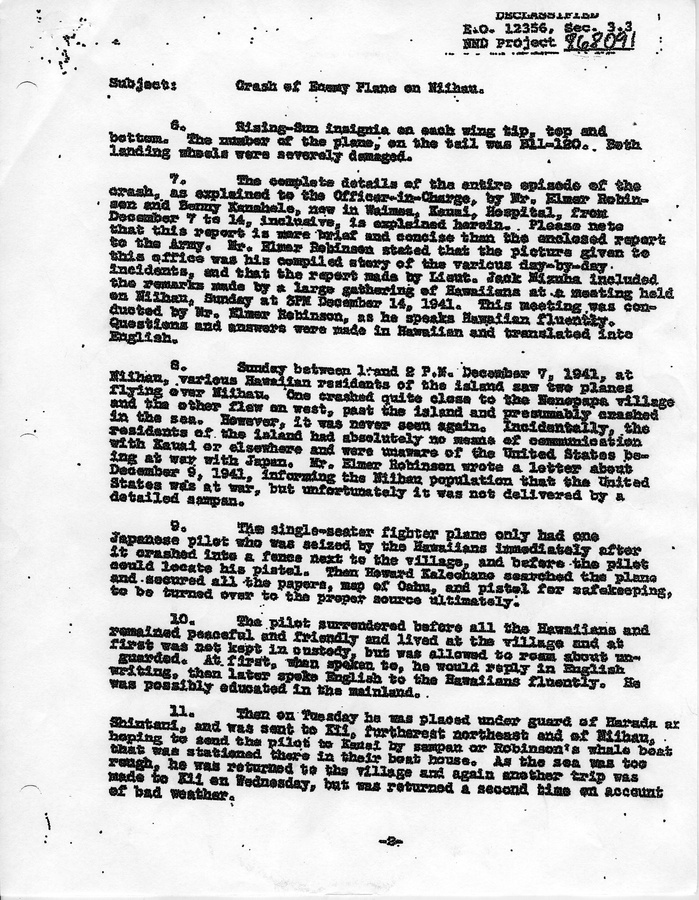
ON A PERSONAL NOTE
When researching on Kauai in October of 2021, we took a charter along the Na Pali on the Blue Dolphin Charters, a wonderful 42’ catamaran. I stood alone at the rail regarding Barking Sands Missile Range Naval Base as we motored across the water. One of the crew members, Christian, stopped to talk. When I asked about Barking Sands he guided my attention to small island in the distance, Ni’ihau.
“Yes, the Ni’ihau Incident,” I responded, having briefly referred to the above story in my novel, Storms From A Clear Sky.
“You know about that?” Christian was clearly amazed.
When I began to rattle off some of the events. He beamed. “Ben was my great grandfather.”
I suddenly saw the size resemblance combined with the beautiful Hawaiian spirit.
“I’ve been working on these cruises for 10 years and you are the very first person who has known anything about my great grandfather. You really have done your research.”
It was my turn to feel proud. To get the stories told, to honor those who struggled so bravely during WWII has become my passion. And what could be more telling that my undertakings have purpose than to stand alongside a stranger on the deck of a boat in the seas off Kauai only to find out he was the grandson of a very brave man whose contribution to our history should never be forgotten.
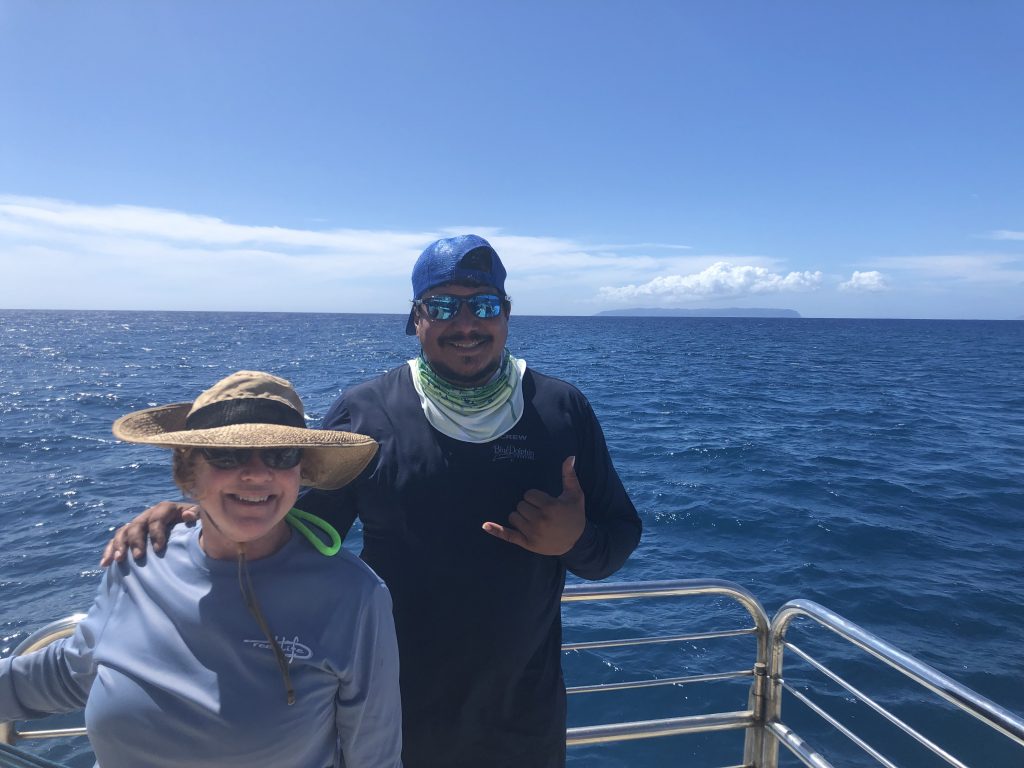
On this 80th Anniversary marking Japan’s attack on the United States and the Philippines, we need to give our thanks to the military and civilians who fought so valiantly and those who sacrificed their lives to secure our freedom. And we must be grateful that, while the actions of WWII should be a constant reminder that no one truly wins in war, we have reached across those barriers to build a more inclusive world. One in which our then foes have become our strong allies.
